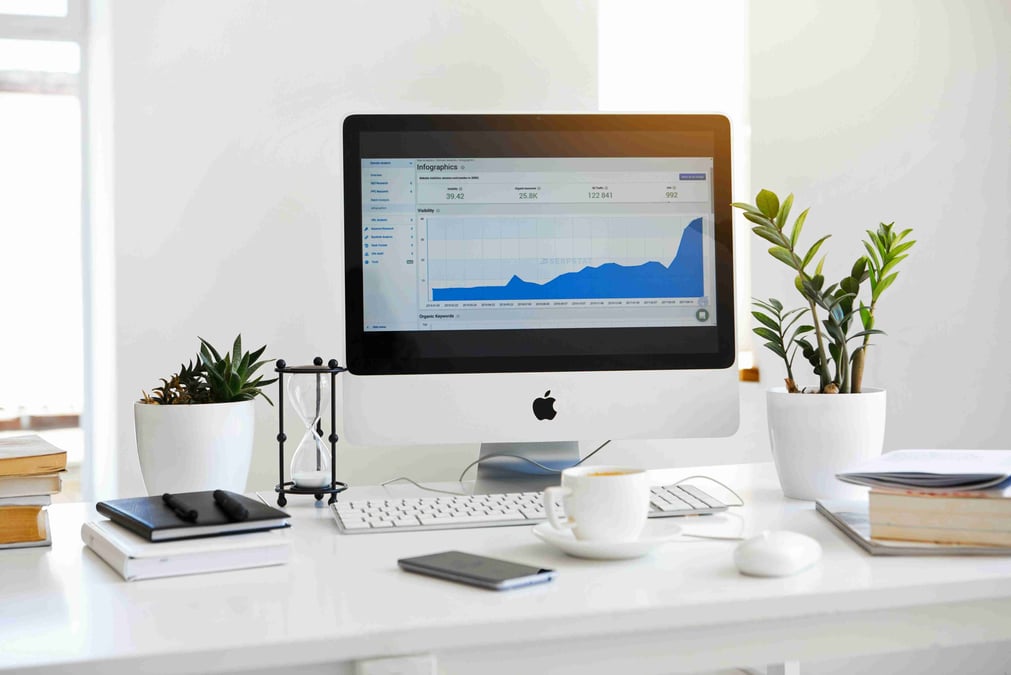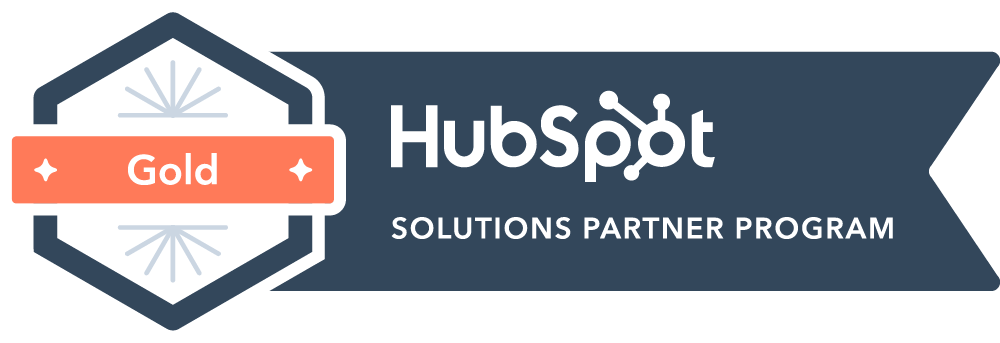4 Ways Healthcare Marketers Can Tackle Zoom Fatigue
Table of contents
Zoom meetings have now become the “norm” in the healthcare industry as many companies have fully transitioned from an office setting to completely remote. Long video call meetings with healthcare clients and co-workers can bring on a sense of fatigue that can affect overall health and tiredness. See below what causes Zoom Fatigue and how to fix it.
-
Excessive amounts of eye contact on video screens
Eye contact that is engaged with multiple enlarged video chats is unnatural for anyone’s eyes let alone healthcare marketers who are on their screens all day. In normal settings, healthcare marketers can have options to look at the speaker, take notes, or look somewhere else. On Zoom or other video call platforms, healthcare marketers are looking at their team, clients, and vendors often.. When someone’s face is close to our face in real life, the brain interprets that closeness as an intense situation.
Solution: Take Zoom out of the full screen option to adjust the face sizes. Use an external keyboard to allow an increase in personal space between yourself and the computer.
-
Seeing a reflection during video chats in real time is fatiguing
When you see a reflection of yourself studies have shown that you are more critical of yourself due to the large number of hours looking at the video camera.
Solution: Use the “hide self-view”and right-click your photo. Make sure that your body is still in the frame for others to see before doing so.
-
Video chats dramatically reduce physical activity
Video conferences eliminate the ability for healthcare marketers to move freely during calls because of the limited view the camera can capture.
Solution: Think about the room where the video conferences are and see if any adjustments can be made to create distance and flexibility. Add an external camera or keyboard to your Zoom set up. Having these extra tools can help create a space for pacing or taking notes.
-
Cognitive activity is much higher on video calls
Non-verbal communication comes more naturally when healthcare marketers interpret gestures and cues subconsciously. But in video chats, team members have to work harder to send and receive signals by either putting a thumbs up or exaggerating head nods. Gestures could mean different things in video meetings. A glance to someone during an in-person meeting means something different to a colleague on a video chat grid looking at a distraction off screen.
Solution: Take an “audio only” break which means to turn off the video camera and turn away from the screen so that your body can take a rest from gestures.
Tired of video calls? Schedule a phone meeting with Beth Cooper, our Director of Marketing.
Search








